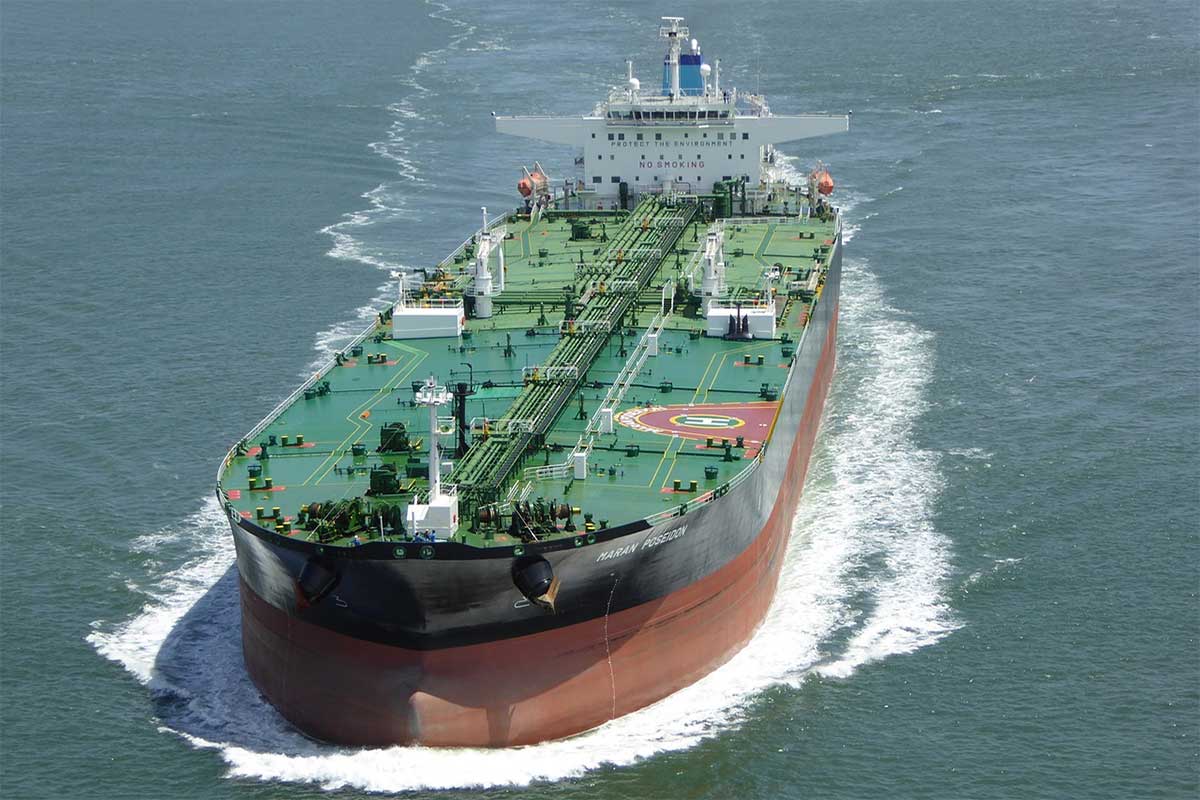In the world of financial markets, commodity trading and oil trading play crucial roles in global economies. Commodity trading encompasses a broad range of tradable assets, including agricultural products, metals, and energy resources, while oil trading specifically focuses on the buying and selling of oil and its derivatives. Amidst these sectors, it stands out as an innovative and reliable Oil trading platform that facilitates efficient transactions and provides valuable market insights. This article will examine the key aspects of commodity trading and oil trading, shedding light on their unique characteristics and discussing how platforms like the Oil Era contribute to the evolution and success of the oil trading industry. If the prospect of trading oil captures your interest, considering the Oil Trader could be a valuable step towards exploring this opportunity.

Understanding Commodity Trading
Commodity trading refers to the buying and selling of raw materials or primary products. These commodities can be broadly classified into four categories:
Agricultural Commodities: These include products such as wheat, corn, soybeans, coffee, and sugar.
Energy Commodities: These comprise crude oil, natural gas, gasoline, and heating oil.
Metal Commodities: Examples of metal commodities are gold, silver, copper, aluminum, and platinum.
Livestock and Meat Commodities: This category includes live cattle, lean hogs, pork bellies, and feeder cattle.
Commodity trading operates on exchanges, where standardized contracts for commodities are bought and sold. These exchanges ensure liquidity, transparency, and price discovery for market participants. Traders can engage in commodity trading through various instruments such as futures contracts, options, exchange-traded funds (ETFs), and exchange-traded notes (ETNs).
The Basics of Oil Trading
Oil trading, on the other hand, specifically focuses on the buying and selling of crude oil and its related products. Crude oil is a highly valued and widely traded commodity due to its significance in energy production and its impact on global economies. Oil trading involves various entities, including producers, refiners, traders, and consumers.
One of the primary hubs for oil trading is the futures market, where contracts for the delivery of oil at a specified future date are traded. These contracts serve as a benchmark for global oil prices. The most well-known and influential crude oil futures contract is the West Texas Intermediate (WTI) crude oil contract traded on the New York Mercantile Exchange (NYMEX).
Key Differences Between Commodity Trading and Oil Trading
Range of Assets
Commodity trading encompasses a wide range of assets beyond oil. It includes agricultural products, metals, and livestock, offering investors diversification opportunities. On the other hand, oil trading focuses solely on crude oil and its derivative products.
Market Dynamics
Commodity trading involves multiple markets, each with its own unique supply and demand factors. The prices of agricultural commodities, for instance, can be influenced by weather conditions, government policies, and global trade patterns. In contrast, oil trading is primarily affected by geopolitical factors, OPEC decisions, inventory levels, and global energy demand.
Volatility and Risk
The oil market is known for its volatility, with prices subject to sudden and significant fluctuations. Political unrest in oil-producing regions, changes in oil supply, and macroeconomic factors can all contribute to price volatility. Commodity trading, while also prone to volatility, may exhibit different patterns depending on the specific commodity and market conditions.
Physical Delivery and Storage
Commodity trading involves physical delivery of assets in some cases, especially for agricultural commodities and metals. Traders need to consider logistics, storage costs, and transportation when dealing with physical commodities. In contrast, oil trading often occurs without physical delivery, as most participants trade futures contracts that are settled in cash.
Similarities Between Commodity Trading and Oil Trading
While there are notable differences between commodity trading and oil trading, they also share some similarities:
Financial Instruments
Both commodity trading and oil trading offer a range of financial instruments to facilitate investment and speculation. Futures contracts, options, and ETFs are common instruments used by traders in both domains. These instruments allow market participants to gain exposure to price movements without owning the underlying physical assets.
Risk Management
Risk management is a crucial aspect of both commodity trading and oil trading. Traders employ various strategies, such as hedging and diversification, to mitigate the potential risks associated with price fluctuations. By managing risk effectively, traders aim to protect their investments and optimize returns.
Global Impact
Both commodity trading and oil trading play significant roles in global economies. Changes in commodity and oil prices can have far-reaching effects on industries, inflation rates, and geopolitical dynamics. As a result, governments, central banks, and financial institutions closely monitor these markets and their impact on the broader economy.
Conclusion
Commodity trading and oil trading are distinct yet interconnected domains within the financial markets. While commodity trading encompasses a broader range of assets beyond oil, oil trading specifically focuses on crude oil and its related products. Understanding the key differences and similarities between these two sectors is essential for investors and traders looking to navigate these markets successfully.
Whether one chooses to participate in commodity trading or oil trading, thorough research, market analysis, and risk management are crucial. By leveraging the available financial instruments and staying informed about market dynamics, traders can capitalize on opportunities and make informed decisions. Remember, the world of trading is ever-evolving, so staying updated with the latest trends and developments is vital for long-term success.









